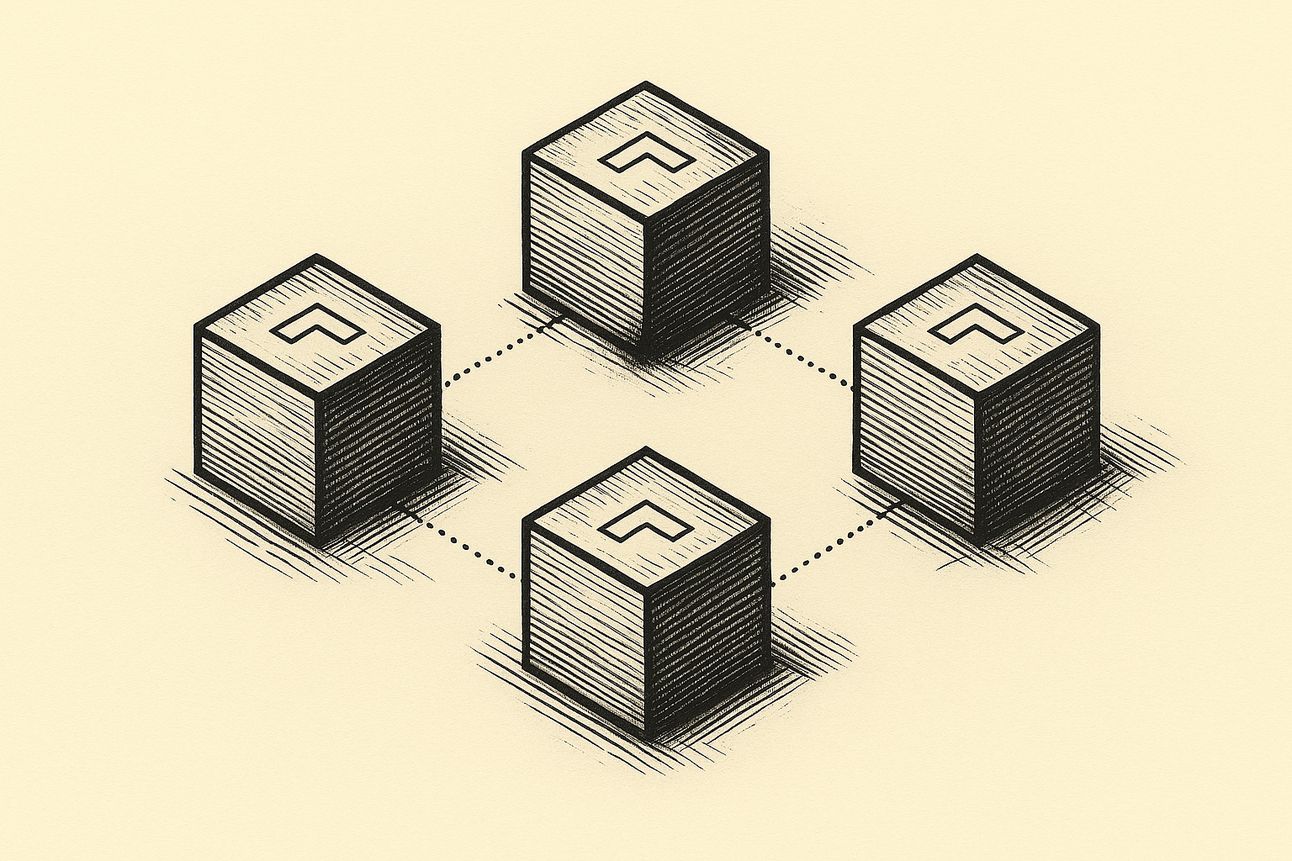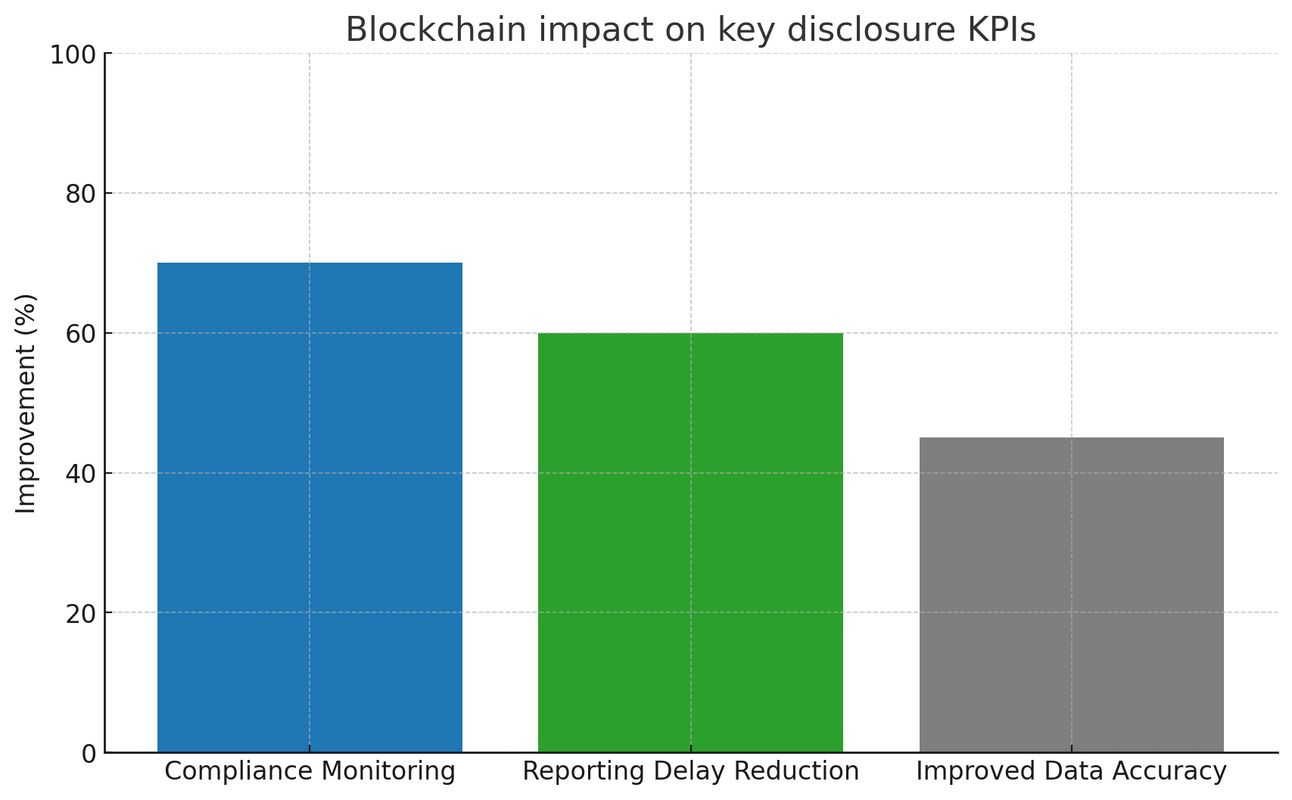- Defend & Conquer
- Posts
- Using blockchain to strengthen traceability and transparency in SEC cybersecurity disclosures
Using blockchain to strengthen traceability and transparency in SEC cybersecurity disclosures
CybersecurityHQ Report - Pro Members

Welcome reader to a 🔒 pro subscriber-only deep dive 🔒.
Brought to you by:
👣 Smallstep – Secures Wi-Fi, VPNs, ZTNA, SaaS and APIs with hardware-bound credentials powered by ACME Device Attestation
🏄♀️ Upwind Security – Real-time cloud security that connects runtime to build-time to stop threats and boost DevSecOps productivity
🔧 Endor Labs – App security from legacy C++ to Bazel monorepos, with reachability-based risk detection and fix suggestions across the SDLC
📊 LockThreat – AI-powered GRC that replaces legacy tools and unifies compliance, risk, audit and vendor management in one platform
Forwarded this email? Join 70,000 weekly readers by signing up now.
#OpenToWork? Try our AI Resume Builder to boost your chances of getting hired!
—
Get lifetime access to our deep dives, weekly cyber intel podcast report, premium content, AI Resume Builder, and more — all for just $799. Corporate plans are now available too.
Executive Summary
The convergence of blockchain technology and regulatory compliance presents a transformative opportunity for publicly traded companies to enhance their cybersecurity disclosure practices. As of 2025, the Securities and Exchange Commission (SEC) cybersecurity disclosure rules require companies to report material incidents within four business days and provide annual governance disclosures. This whitepaper examines how blockchain technology can fundamentally improve the traceability and transparency of these disclosures through immutable audit trails, automated reporting mechanisms, and distributed verification systems.

Our analysis reveals that blockchain implementation can address critical challenges in current disclosure practices, including data integrity concerns, real-time monitoring capabilities, and cross-functional coordination requirements. By leveraging distributed ledger technology, smart contracts, and cryptographic verification, organizations can create a robust framework that not only meets regulatory requirements but also builds stakeholder trust through enhanced transparency.
Key findings indicate that blockchain-based disclosure systems can reduce reporting delays by up to 60%, improve data accuracy through tamper-proof records, and enable continuous compliance monitoring. However, successful implementation requires addressing technical challenges including scalability, integration with existing systems, and privacy considerations. This whitepaper provides a comprehensive roadmap for CISOs and security leaders to evaluate and implement blockchain solutions that align with SEC requirements while driving operational efficiency.

Subscribe to CybersecurityHQ Newsletter to unlock the rest.
Become a paying subscriber of CybersecurityHQ Newsletter to get access to this post and other subscriber-only content.
Already a paying subscriber? Sign In.
A subscription gets you:
- • Access to Deep Dives and Premium Content
- • Access to AI Resume Builder
- • Access to the Archives
Reply